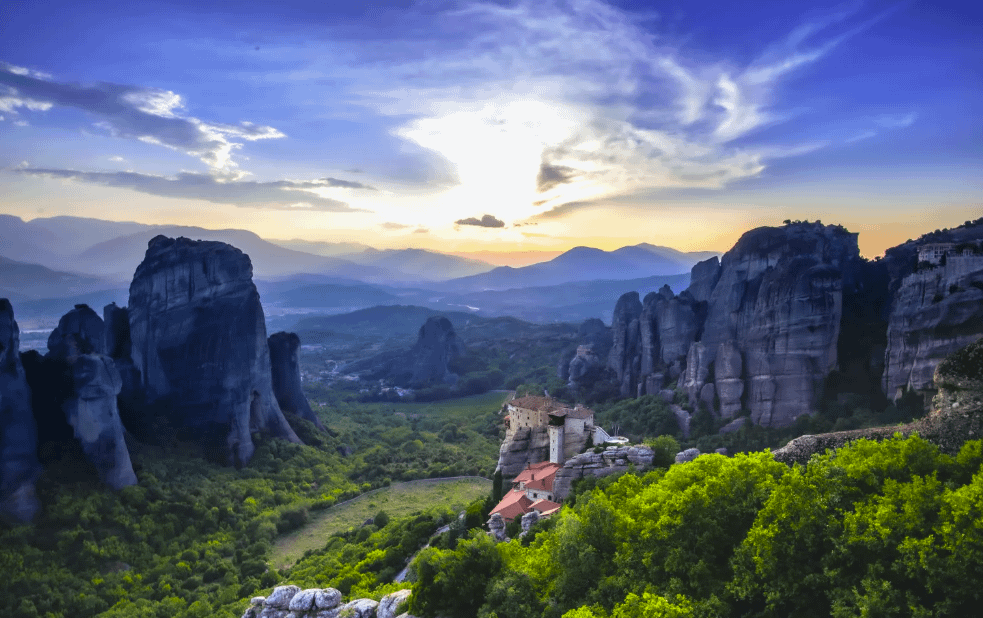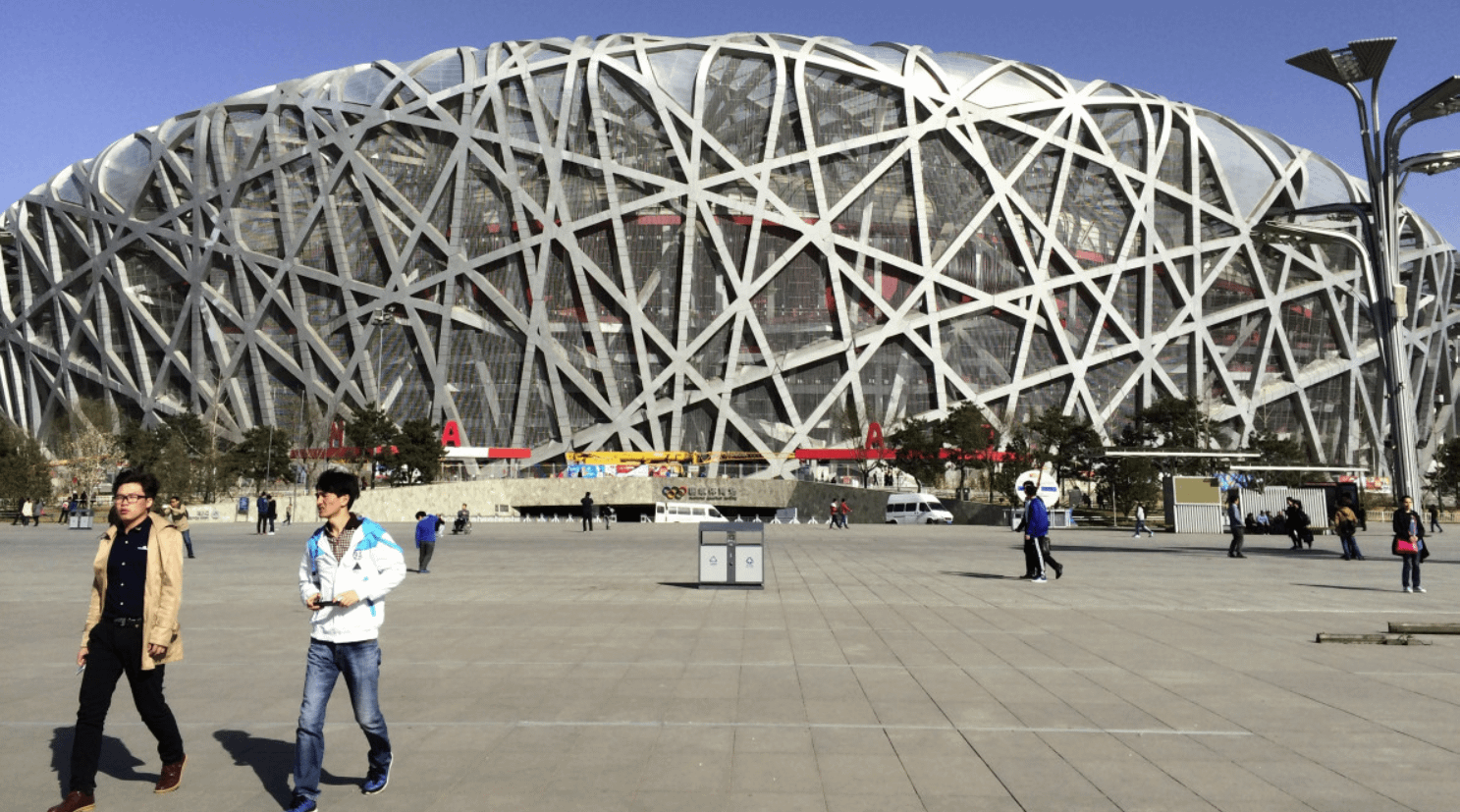UNESCO Global Geoparks are exceptional areas where the story of our planet is written in stone. These sites not only celebrate the Earth’s incredible geological diversity but also promote sustainable tourism, cultural heritage and environmental education. The global organization recently announced 18 new additions to the network including these 10 exceptional European regions:
Table of Contents
Schelde Delta UNESCO Global Geopark is a cross-border geological treasure
Nestled between the rising Brabant Massif and the sinking North Sea Basin, the Schelde Delta UNESCO Global Geopark is a testament to the dynamic forces that shape our world. This transboundary geopark, stretching across Belgium and the Netherlands, offers a rich tapestry of geological, morphological and cultural-historical features. Visitors can explore the lowlands, protected by dykes, which present a landscape seemingly frozen in time. The geopark’s narrative weaves together geological and human histories, highlighting the region’s vulnerability to climate change. One of its notable conservation efforts is the resurrection of the submerged medieval town of Reymerswael, showcasing the geopark’s dedication to holistic environmental preservation.
The South Fyn Archipelago UNESCO Global Geopark explore’s Denmark’s nautical geological journey
Denmark’s South Fyn Archipelago UNESCO Global Geopark is a maritime wonderland where the geological narrative is as fluid as the sea itself. This archipelago boasts a geological history that spans ice ages and tectonic movements, creating a unique coastal landscape. The geopark is a hub for understanding the interplay between human activity and geological processes, offering insights into how past climate changes have shaped the islands and their inhabitants’ way of life.
Impact Crater Lake Geopark – Lappajärvi, Finland is a celestial wonder on Earth
The Impact Crater Lake Geopark in Lappajärvi, Finland, is a stunning reminder of the cosmic forces that can shape our planet. Formed by a meteorite impact over 73 million years ago, this geopark boasts the largest lake in Finland with a crater origin. The surrounding area is a treasure trove of geological formations, including shatter cones and impact breccias, which provide a tangible connection to space events that seem worlds away. The geopark also supports local communities by promoting geotourism and education about Earth sciences.
Armorique UNESCO Global Geopark, France displays a mosaic of geological richness
Armorique Geopark in France is a landscape painter’s dream, with its diverse terrain ranging from the Armorican Massif to the Brittany coast. This geopark is a living museum of Earth’s history, showcasing an array of geological features like the striking Monts d’Arrée and the enchanting Aulne Valley. It’s a place where visitors can immerse themselves in the natural beauty and understand the intricate relationship between geology, biodiversity and human activity.
Normandie-Maine UNESCO Global Geopark, France reveals a tapestry of time
The Normandie-Maine Geopark spans across two regions in France, offering a journey through time with its rich geological and cultural heritage. From the ancient rocks of the Armorican Massif to the lush forests and rolling hills, this geopark tells a story of Earth’s evolution and human adaptation. It’s a haven for nature lovers and history buffs alike, where one can explore medieval castles and picturesque landscapes that have inspired artists for centuries.
Meteora Pyli UNESCO Global Geopark, Greece is where nature meets spirituality
Meteora Pyli Geopark in Greece is a place of awe and wonder, where monolithic pillars rise from the Thessalian plains, crowned by historic monasteries. This geopark is a testament to the enduring power of nature and the human spirit. The rock formations, sculpted by erosion and weathering, create a surreal landscape that has been a sanctuary for monastic communities since the 14th century. It’s a UNESCO World Heritage site that offers a unique blend of natural beauty and spiritual heritage.
Bükk Region UNESCO Global Geopark is Hungary’s karstic realm of caves and cliffs
The Bükk Region Geopark in Hungary invites visitors to explore its extensive karst terrain which is home to over 1,000 caves. This geopark is a paradise for speleologists and adventurers, with its underground rivers, towering cliffs and rich biodiversity. The limestone and dolomite formations tell a geological story that dates back to the Mesozoic era, providing insights into the ancient seas that once covered the area.
Land of Extinct Volcanoes UNESCO Global Geopark, Poland offers a journey to Earth’s fiery past
Poland’s Land of Extinct Volcanoes Geopark is a geological chronicle of volcanic activity that shaped the region millions of years ago. The geopark features remnants of these ancient volcanoes, offering a unique landscape of basalt columns, lava flows and volcanic craters. It’s a destination that ignites the imagination, where one can walk in the footsteps of Earth’s fiery history and appreciate the forces that continue to mold our world.
Oeste UNESCO Global Geopark, Portugal offers a coastal chronicle of geological wonders
The Oeste Geopark in Portugal is a coastal gem where the Atlantic Ocean meets a land rich in geological stories. The geopark showcases a variety of landscapes, from limestone cliffs and fossil-rich dunes to the rolling vineyards that produce the region’s renowned wines. It’s a celebration of Earth’s history and human culture, where geological wonders have influenced the way of life for centuries.
Calatrava Volcanoes UNESCO Global Geopark reveals Spain’s legacy of lava and ash
Spain’s Calatrava Volcanoes Geopark is a testament to the volcanic activity that once dominated the landscape. With over 300 volcanic structures, this geopark is an open-air museum of cones, maars and lava flows. It’s a place where one can witness the power of Earth’s internal processes and the resilience of life that has adapted to this fiery environment.




